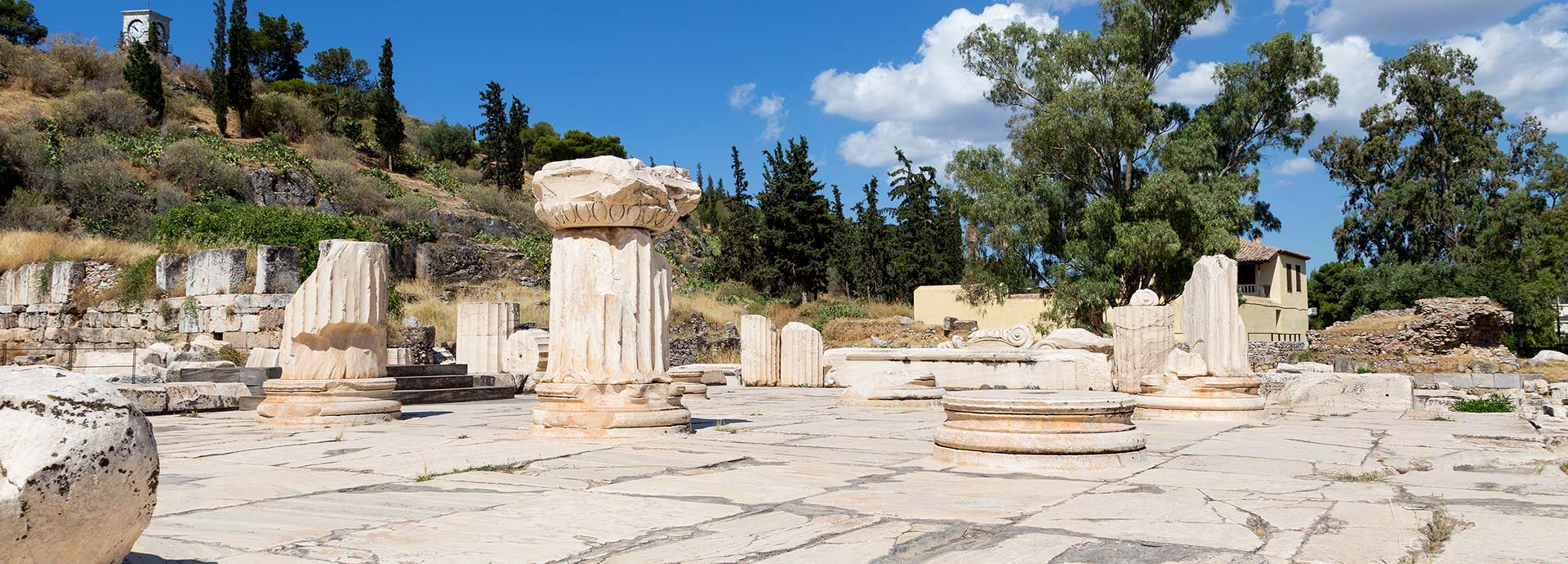Greece was always a crossroad of religions & civilizations. Christianity had α fertile ground to grow in Greece because of the ancient Greek religion, which was open to new influences and ideas and was supported by the spirit of the great philosophers of Greek antiquity. Our program aims at highlighting how this transition happened and what were the reasons behind the successful adoption.
By visiting three very important religious cradles, you will be introduced to the old mystic practices at the sacred place of Eleusis, the implantation of Christianity, the unique and fine examples of Classical idealism of Middle Byzantine -Daphni monastery & Osios Potapios Monastery – and the junction between the ancient and the new religions.
Itinerary
Itinerary
The tour starts with our visit to the monastery of Daphni (or Daphne or Dafni) which lies to the west of Athens, almost half-way along the Sacred Way to Eleusis. This site has been considered sacred since ancient times when there was a temple dedicated to Apollo there. The temple is long since gone (except for one column near the entrance), but the name Daphni (Greek for “laurel,” Apollo’s sacred plant) still honours Apollo’s memory. The first monastery was erected on the site in the 6th century A.D. and was enclosed by strong defensive walls, almost square in plan.
Alternative Tour Options:
There are so many other things to see in this area. Keep in mind that your
driver is at your disposal, so if you would like to adjust the
proposed itinerary at all, just let him know!
Pricelist
More Info
More Info
Special Instructions
Proper attire must be worn inside monasteries- shoulders and knees must be covered.
Restrictions
This tour is not available on Mondays and Tuesdays.
Tips
It is entirely up to your discreet decision to leave some money in the candle box of the churches that we visit.

